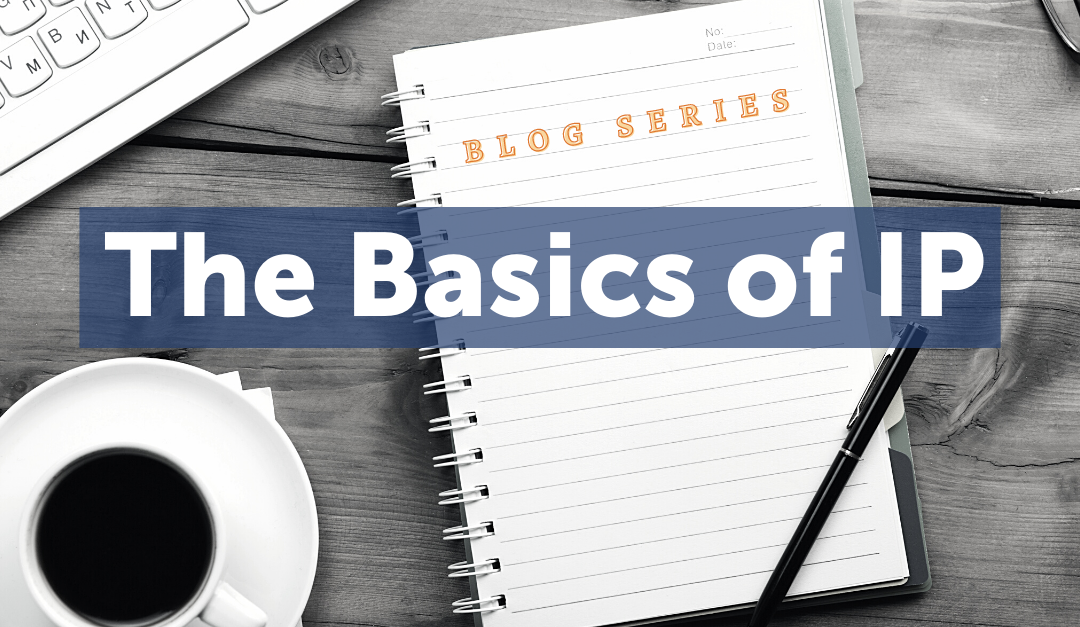This is Part 6 of our ‘Basics of IP’ blog series on ‘what is trademark infringement?’ You can find Parts 1, 2, 3, 4, and 5 here. The following has been adapted from “What If Someone Infringes Your Trademark?”, a Michelson IP animated short.
Let’s say someone copies your business logo to trade on your good name and reputation. Is that trademark infringement?
If you can show that the use of your logo is likely to cause confusion in the minds of consumers and weaken its value, then the answer is yes.
You do not need to register your trademark with the government to protect it. Furthermore, you only need to register it if you want to sue the infringer in federal court or gain additional protections.
How do you prove someone is infringing your trademark?
The courts look at five key factors to determine if a defendant’s use of your mark is likely to cause confusion among consumers.
The two most important are:
- The similarity in the overall impression created by the two marks (including the marks’ look, phonetic similarities, and underlying meanings).
- The similarities of the goods and services involved.
The court also looks at three other factors.
- The strength of your mark.
- Any evidence of actual confusion by consumers.
- The intent of the defendant in adopting its mark.
The courts evaluate a mark as a whole rather than its individual parts to determine similarity. The key test is resemblance, not sameness. Two marks do not have to be exact mirror images of each other to be legally similar.
If you prove that someone infringed your mark, you can receive monetary damages for lost profits due to the infringing activity. You’ll get triple damages if the infringement was intentional. But even more important in some cases, you can also get an injunction to stop the infringer from continuing to use your mark. This stops further damage to your business.
There is also something called trademark dilution, which occurs when someone uses your mark in a manner that blurs or tarnishes it. Whereas trademark infringement always involves the likelihood of causing customer confusion, dilution can occur even if customers aren’t misled.
Let’s say, for example, that someone starts a business selling dog biscuits called “Sarah’s Fine Dog Food”, and they adopt a similar logo to your already established business, “Sarah’s Fine Sandwiches.” They might be guilty of tarnishing your brand, even though there’s no confusion about who’s selling what kind of food.
Trademark infringement vs. fair use
Under Fair Use rules, someone may use another’s trademark under two conditions — one is called nominative fair use, and the other is called traditional or “classic” fair use.
Nominative fair use occurs when someone uses another’s trademark to identify his own products or services. For example, take when an auto repair shop advertises that it repairs BMWs and Hondas, and uses those logos in its advertising. Another example of nominative fair use is when one company uses another’s trademark to compare their products.
Traditional or “classic” fair use, meanwhile, occurs when a trademark is used in good faith simply for descriptive purposes — like when a cereal manufacturer advertises its cereal as containing “all bran” ingredients even though Kellogg’s has a trademark for its “All Bran.”
The bottom line on trademark infringement? You’ve put your heart and soul into your business. Someone else shouldn’t get the rewards of your hard work.
_________
 The Michelson Institute for Intellectual Property, an initiative of the Michelson 20MM Foundation, provides access to empowering IP education for budding inventors and entrepreneurs. Michelson 20MM was founded thanks to the generous support of renowned spinal surgeon Dr. Gary K. Michelson and Alya Michelson. To learn more, visit 20mm.org.
The Michelson Institute for Intellectual Property, an initiative of the Michelson 20MM Foundation, provides access to empowering IP education for budding inventors and entrepreneurs. Michelson 20MM was founded thanks to the generous support of renowned spinal surgeon Dr. Gary K. Michelson and Alya Michelson. To learn more, visit 20mm.org.
